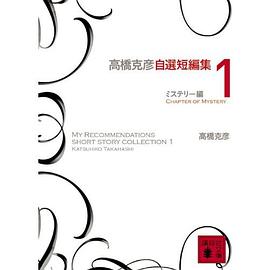

具體描述
In 1889, Paris hosted the legendary Exposition Universelle (World's Fair), a massive cultural exhibition which transformed the face of French culture to come. The Eiffel Tower was built for it, the composer Claude Debussy first heard Javanese music there, and the painter Paul Gauguin (1848-1903), reacting against his exclusion from its arts component, organized an exhibit called "L'Exposition de Peintures du Groupe Impressionniste et Synthesiste," on the walls of the Cafe Volpini, presenting the newest works by himself and his friends. It was the moment at which he "became Gauguin," for it was here that he premiered what is now known as the "Volpini Suite," an amazing portfolio of 11 lithographs printed on radiant canary yellow paper, which marked the coalescence of his motifs (the fruitbearers, the mourning Eve, the woman in the waves) and the commencement of his mature style. The "Suite" also gives a chronicle of Gauguin's travels in Martinique, Brittany and Arles, and records the constellation of the Pont Aven group. "Gauguin" reconstructs this landmark exhibition, demonstrating the radicality of the works produced by Gauguin and his friends (Charles Laval, Leon Fauche, Emile Schuffenecker, Louis Anquetin, Georges Daniel, Emile Bernard, Louis Roy and Ludovic Nemo), and examining all paintings, woodcuts, ceramics, prints and drawings by Gauguin related to the show.
著者簡介
圖書目錄
讀後感
評分
評分
評分
評分
用戶評價
相關圖書
本站所有內容均為互聯網搜索引擎提供的公開搜索信息,本站不存儲任何數據與內容,任何內容與數據均與本站無關,如有需要請聯繫相關搜索引擎包括但不限於百度,google,bing,sogou 等
© 2025 book.quotespace.org All Rights Reserved. 小美書屋 版权所有




















